Welcome to the Colourful and Creative World of Play Dough at Imagine Childcare
Play dough has been a staple in an early childhood setting for decades and there is a good reason why! Play dough is a great tactile resource, holding a number of benefits including encouraging creativity in Kindergarten, boosting fine motor skills in Junior Kindy, and discovering new senses with Toddlers.
As an incredibly loved resource for both children and Educators, play dough is often used for free play time and scheduled learning activities. During this blog, we will be sharing the many ways we find joy in using play dough across our Imagine Childcare centres and share some insight on how you can replicate our play dough recipe and learnings in a home setting.
How to make your own homemade playdough!
What is needed:
Measuring cup
Mixing spoon
Tbsp
Mixing bowl
1 Tbsp of oil
1/2 cup table salt
Food colouring
1 cup of flour
2 Tbsp cream of tartar
1 cup of water
Instructions:
- Combine flour, salt, and cream of tartar together in a bowl.
- Mix well with mixing spoon.
- Add in the oil and mix together.
- Add food colouring and water together in a separate bowl.
- Once the colour has spread in the water then add the now coloured water into the other bowl combining all ingredients together.
- Mix all ingredients together with a mixing spoon.
- Once the mixture becomes firm use hands to mix and finish blending together – this will enable it to become more of a dough texture.
- Place on the table for the children to use.
Using this recipe as your play dough base, you can get creative and add your own variations to build on the sensory elements. Try adding a few drops of essential oils to discover new smells or add herbs to further develop the sensory aspect of texture and touch.
Across our Imagine Childcare centres, there are a number of ways that our Educators incorporate play dough into our educational programs.
- Letter Recognition
At Imagine Childcare and Kindergarten Holmview, our Educators set up a letter recognition activity for the children in Pre-Kindy, allowing them to further learn about the letter ‘P’!
This activity reinforces letter recognition while also helping with colour identification, fine motor development, and hand-eye coordination.
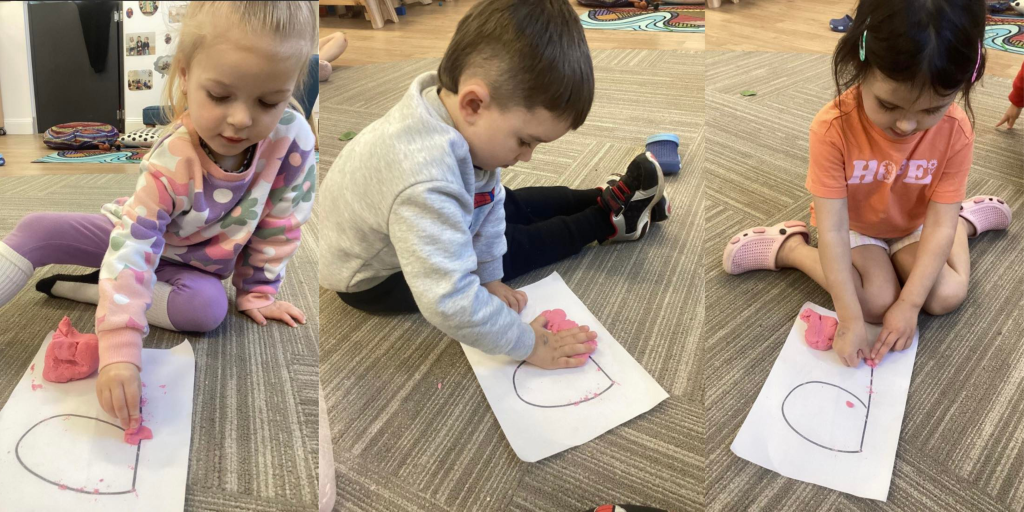
2. Pretend Play
Imagine Childcare and Kindergarten Jensen’s Junior Kindy classroom extended on their interest in ice cream by creating their own versions using gems and beads as the toppings to their play dough treats.
The children acting out making and selling their own ice creams is a great example of the benefits behind pretend pay. Pretend play encourages imagination and allows children to work together while simultaneously building on their social skills, emotional intelligence, and thinking skills.
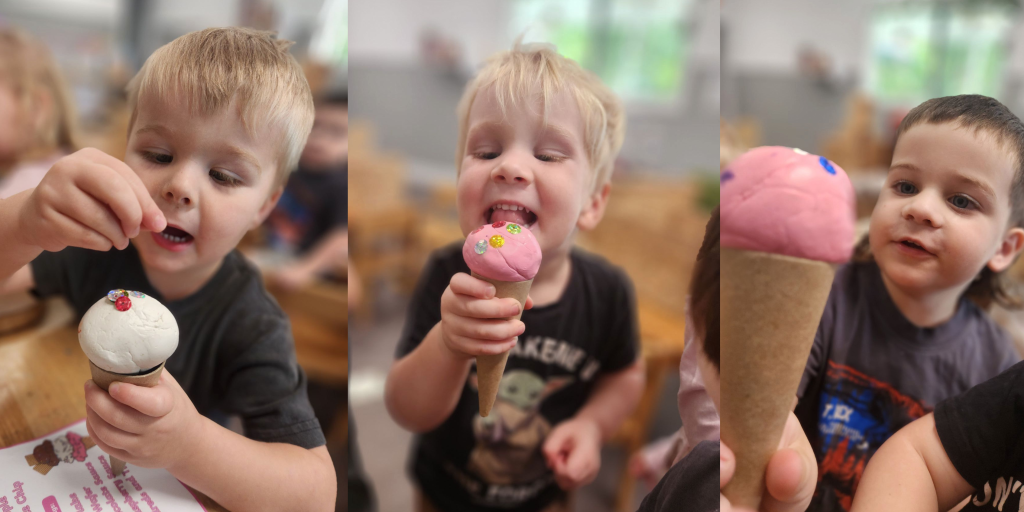
3. Significant and Special Days
Our Educators often use play dough as a learning resource on significant and special days happening across the country.
Imagine Childcare and Kindergarten Flagstone created their own versions of poppies as a part of the ANZAC Day learning, this is a great way to encourage inquisitive thinking as the children ask questions about the significance of the flower.
Imagine Childcare and Kindergarten Collingwood Park replicated the Olympic flag after gaining more interest in the recent 2024 Paris Olympics. This allows more space to learn about the significance of the games while also developing a better understanding for colour recognition and fine motor skills as they use their pincers to shape the rings.
Imagine Childcare and Kindergarten Nerang learnt more about Australian animals and echidnas as they manipulated the play dough to be the body of their echidna and adding “spikes” with paddle pop sticks.
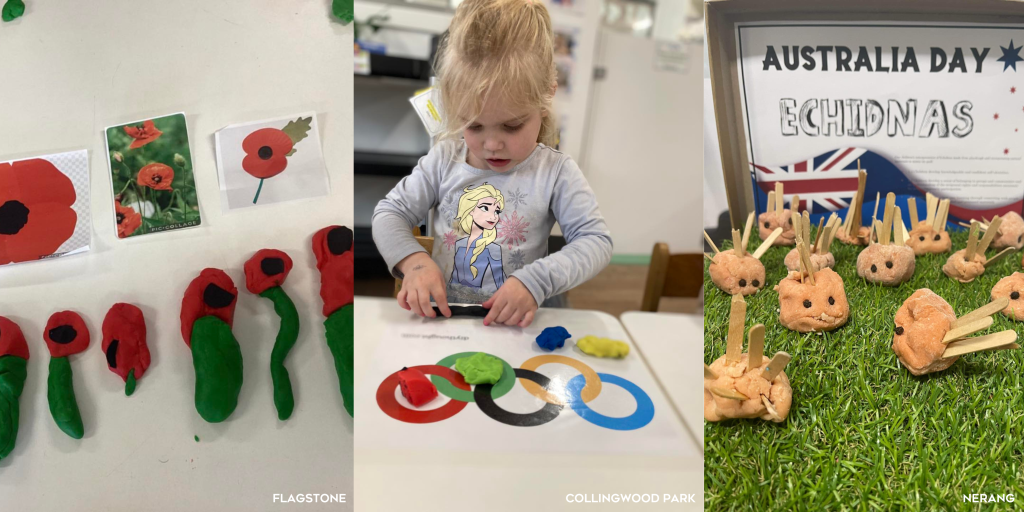
4. Educational Programming
Imagine Childcare and Kindergarten Southport’s Toddler classroom used play dough as the base of their chicken coop during their group learning session on farm animals. This activity opened the children up to an opportunity to openly discuss what they knew about chickens including what noises they make.
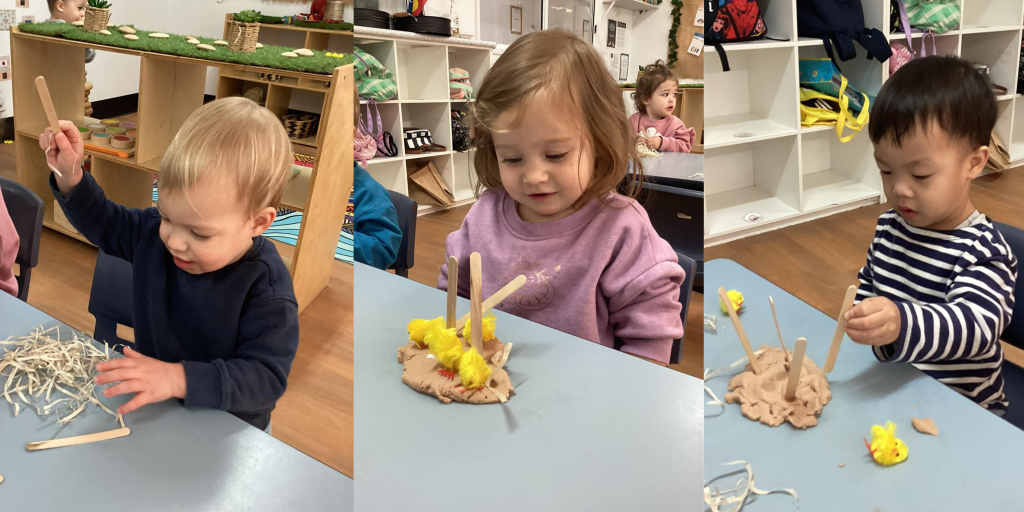
5. Emotional Awareness
During a group session, the Tiny Tots children at our Imagine Childcare and Kindergarten Cranbourne centre practiced their emotional awareness skills by using play dough to create the different emotions.
The children were able to discuss things that made them happy and smile verse things that made them sad and frown.
Emotional skills learnt and developed during early childhood years lays the groundwork for a lifelong of emotional intelligence allowing children to have increased empathy and self-awareness.
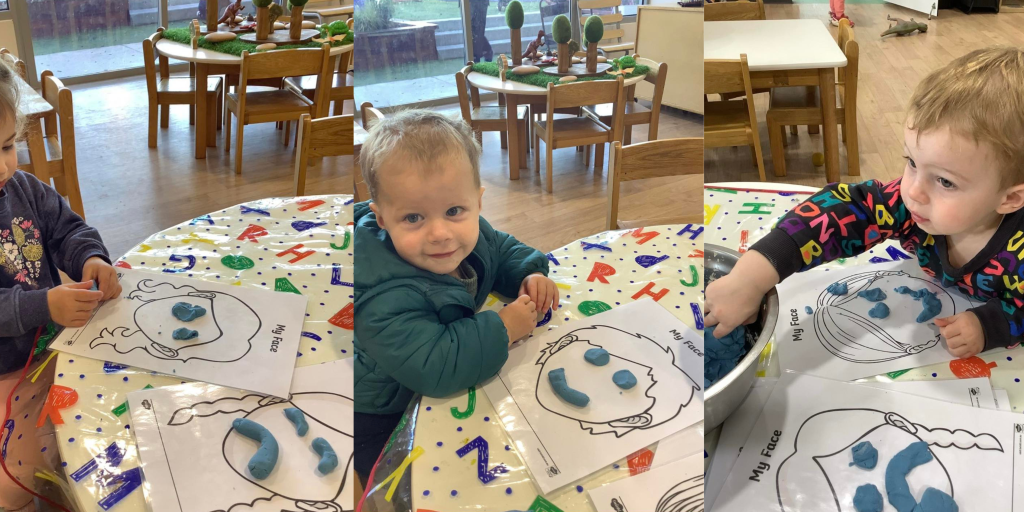
By making your own playdough, you provide a wonderful sensory experience for children and also create lasting memories through shared activities. We hope this guide inspires you to experiment with different textures and colours, and most importantly, to have fun. Stay tuned for more exciting tips and ideas to enhance your playtime adventures.
Find your own printable version of our home-made play dough here!
We would love to see your at home play dough creations, tag us in your creativity on Instagram @imaginechildcare_au or on Facebook @imaginechildcareau



